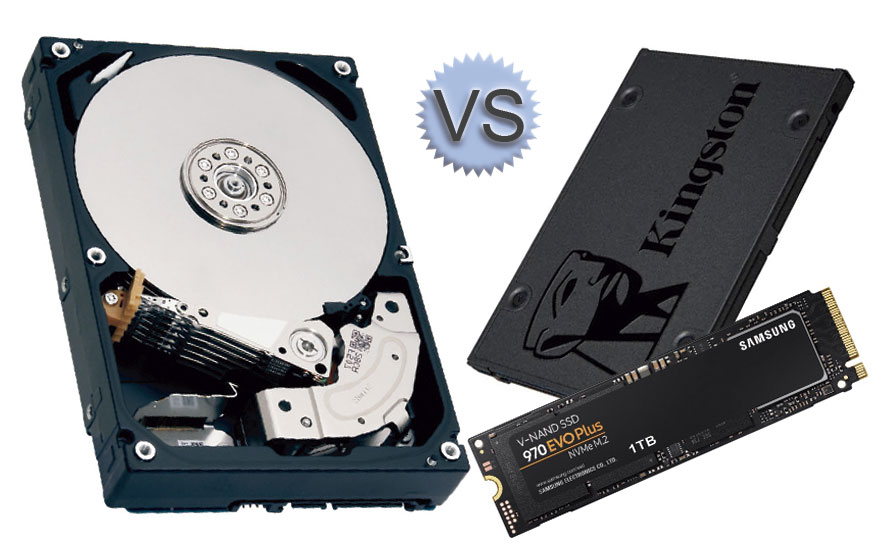

A full format can reduce problems caused by basic errors in the layout of a disk, such as remnants of deleted files. On older hard disks, performing a full format can help the disk fit more data rather than using legacy allocation systems used in its initial installation. The process is similar to reformatting when purchasing a new computer since it erases files from the hard drive, changes (or maintains) the file system, and checks for bad sectors.Ī full format is a complete scan of the hard drive surface and is designed to ensure a drive is operating in top condition. A full format is a safe and secure way to keep your data protected.Ī full format is recommended when a disk is brand new or has been physically damaged. Doing a full format ensures the hard drive performs optimally and prevents file system corruption.Ī full format will take significantly longer to perform since it checks for bad sectors in addition to creating the directory structure.Ī full format is a good option if speed isn’t an issue. A full format is also known as a low-level format.Ī full format of an external hard drive will completely erase all data on the drive. If it is not, a full format will take care of the problem. Full FormatĪ full format guarantees that the storage device you are formatting is completely initialized and ready for use. The quick format is a great option for when you need to get the drive back up and running as soon as possible. When you’re in a rush, opt for a quick format. So if there is an existing file or folder that has been deleted, the formatting process will not take care of this - they could still be recovered with the right software. The quick format leaves the drive usable right away but it will increase the access time due to the lack of a directory structure.Ī quick format is a fast way to overwrite all data without actually removing it. The advantage of this is that it does not take too long to do.Ī quick format deletes the directory structure (folder structure) and does not check for bad sectors. It can complete the formatting process within several minutes, even though it doesn’t verify every block for bad blocks/deterioration. Quick FormatĪ quick format is the same as a full format except that it does not verify whether the disk volume has been prepared or not. It takes longer than a quick format because it verifies every block of the storage device to make sure that it is ready for use. Disadvantages There is no guarantee that all the sectors are readable. It makes sure that the sectors on your disk are all readable and can function as they should. Related Articles Quick Format and Full Format Comparison Table Quick Format Full Format Advantages It can complete the formatting process within several minutes.Does Formatting a Hard Drive Make it Faster?.Quick Format and Full Format Comparison Table.
#QUICK DISK FORMAT VS REGULAR WINDOWS#
What I am basically looking for is an alive link to the first or any similar quote from Microsoft itself, confirming a "Full Format" on any modern Windows (7, 8 and/or 10) system would perform a bad sector check by writing the zeroes OR any proof that it does that (maybe by personal experience). Microsoft only speaks about that in any modern Windows version beginning at Vista doing a "Full Format" would perform a complete zero-write to the hard disk, but they do not say that the zero-writing process would be connected to a check for bad sectors.

In Windows XP and earlier versions of Windows, the format command doesn't write zeros to the whole disk when a full format is performed." By default in Windows Vista and later versions, the format command writes zeros to the whole disk when a full format is performed. "The behavior of the format command changed in Windows Vista and later Windows versions. The link for the first quote to the Microsoft pages is dead, the link for the second is alive but only says this (emphasize mine): In Vista and later, this is accomplished by writing zeros to the entire partition.

The scan for bad sectors is responsible for the majority of the time that it takes to format a volume. When you choose to run a regular format on a volume, files are removed from the volume that you are formatting and the hard disk is scanned for bad sectors. First things first: I know I could use CHKDSK or any other third-party tool to detect bad sectors but this question is especially dedicated to whether a "Full Format" on modern Windows systems checks for bad sectors.


 0 kommentar(er)
0 kommentar(er)
